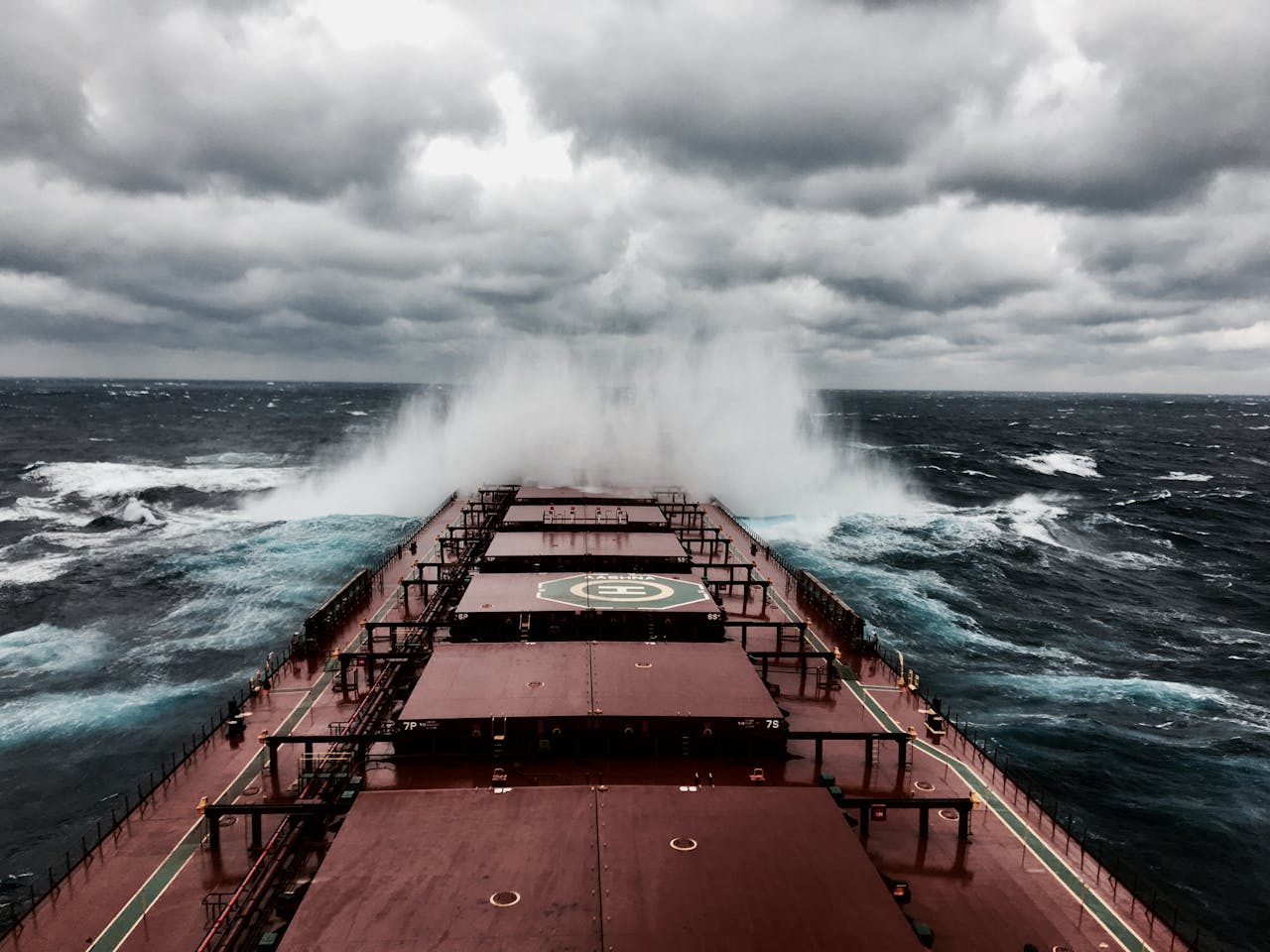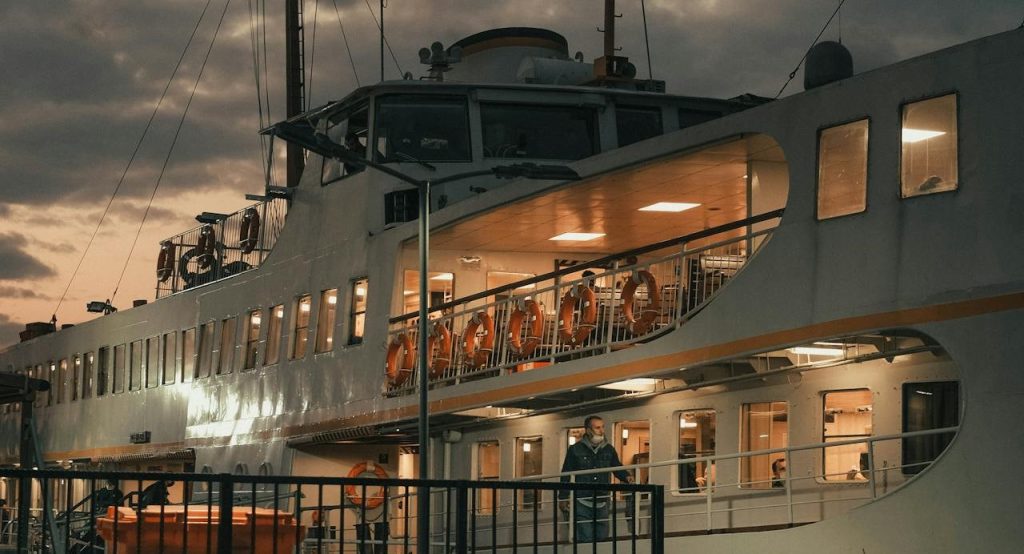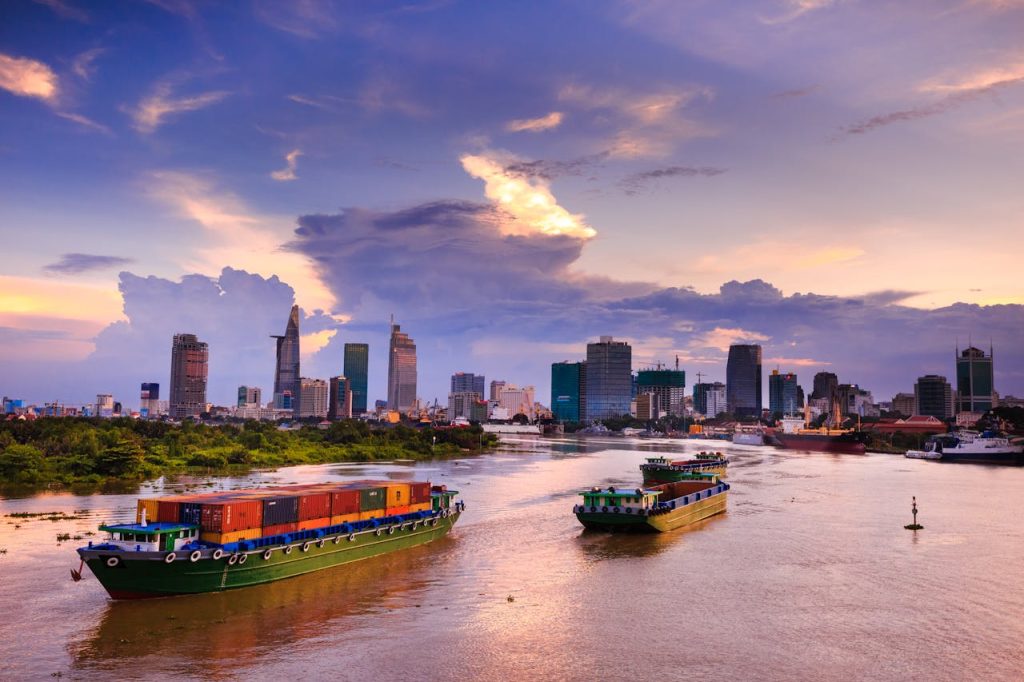Shipping is the lifeblood of global trade, moving goods across oceans and connecting continents. However, with this vital role comes the immense responsibility of guaranteeing the safety of both lives and cargo at sea. Ship safety management services are crucial in preventing disasters and ensuring smooth operations. But what exactly do these services entail, and how do they protect the maritime industry? In this article, we’ll dive deep into ship safety management, exploring its components, challenges, and future trends.

The importance of ship safety isn’t new. From maritime navigation’s early days, humans have sought to safeguard vessels, crews, and cargo. However, the approach to safety has evolved dramatically over time. Early measures were often reactive, addressing problems after they occurred. Today, safety management is proactive, focusing on preventing incidents before they happen.
A significant milestone in the evolution of ship safety management was the introduction of the International Safety Management (ISM) Code by the International Maritime Organization (IMO) in 1998. The ISM Code set forth a comprehensive framework for ensuring the safe management and operation of ships, mandating that shipping companies establish a safety management system (SMS) for each vessel.
Technology has also played a pivotal role in advancing ship safety. From GPS systems that aid in navigation to automated monitoring systems that track a vessel’s condition in real time, modern ships are equipped with tools that significantly reduce the risk of accidents. These advancements have transformed safety management from a manual, labor-intensive process to one that is highly automated and data-driven.
Ship safety management services include a multifaceted process that involves several key components. Each of these elements plays a critical role in making sure the ship’s crew, cargo, and operations are safe.
The foundation of any effective safety management system is a thorough risk assessment. This involves identifying potential hazards, evaluating the risks they pose, and implementing measures to mitigate those risks. Risk management is not a one-time task but an ongoing process that requires constant vigilance and adaptation to new challenges.
Clear and well-documented safety policies and procedures are essential for guiding crew members in their day-to-day activities. These guidelines should be regularly reviewed and updated to reflect changes in regulations, technology, and operational practices. Effective communication of these policies is equally important to make sure that everyone on the vessel understands their role in maintaining safety.
Even the best safety policies are ineffective without proper training of the crew. Making sure that every crew member is adequately trained and certified is a critical aspect of ship safety management services. Training programs should cover a wide range of topics, including safety protocols, equipment operation, and emergency procedures. Regular refresher courses are also necessary to keep crew members up-to-date with the latest practices and technologies.
Despite all efforts to prevent accidents, emergencies can still occur. That’s why having a robust emergency preparedness plan is vital. This includes developing detailed emergency response plans, executing regular drills, and making sure that each crew member is aware of what to do in a crisis. True case studies of successful emergency responses can provide valuable lessons and highlight the importance of being prepared for the worst.

The first step in risk management is identifying potential hazards. These can range from environmental factors like rough seas and extreme weather conditions to operational issues such as equipment failures and human error. Each ship and voyage presents unique risks, so a tailored approach to hazard identification is necessary.
Once hazards are identified, the next step is to evaluate the risks they pose. This involves assessing the likelihood of an incident occurring and the potential impact it would have. Various techniques, such as quantitative risk assessment (QRA) and failure mode and effects analysis (FMEA), can be used to systematically evaluate risks and prioritize them based on their severity.
After evaluating the risks, appropriate control measures must be implemented to mitigate them. This could involve upgrading equipment, enhancing crew training, or altering operational procedures. The goal is to reduce the likelihood of an incident and minimize its impact should one occur.
Clear safety policies and procedures are the backbone of an effective safety management system. They provide a roadmap for safe operations and make sure that everyone on the vessel understands their responsibilities. Without clear guidelines, even well-trained crews can become confused or make mistakes during critical moments.
It’s not enough to simply have safety policies; they must be documented and communicated effectively. This includes maintaining up-to-date safety manuals, conducting regular briefings, and ensuring that all crew members have access to and understand the relevant information. Good communication is key to fostering a culture of on-board safety.
Safety management is not a static process. It requires continuous monitoring and improvement to adapt to new challenges and incorporate learned lessons from past incidents. This involves regularly reviewing safety policies, soliciting feedback from crew members, and staying informed about changes in regulations and industry standards.
Mandatory training programs are a cornerstone of ship safety management services. These programs make sure that every crew member possesses the necessary skills and knowledge to perform their duties safely. Training should cover a broad spectrum of topics, from basic safety procedures to advanced emergency response techniques.
Certification is a formal recognition of a crew member’s competence in specific areas. It serves as proof that the individual has undergone the required training and has demonstrated the ability to apply that knowledge in real-world scenarios. Regular certification renewals are crucial to make sure that crew members remain proficient in their roles.
The maritime industry is constantly evolving, and so are the challenges faced by those who work at sea. Ongoing education is crucial for keeping crew members up-to-date with the latest developments in ship safety management. This can include attending seminars, participating in online courses, and engaging in hands-on training exercises.
Emergency plans are essential for ensuring an efficient response to any incident. These plans should detail the steps to be taken in different emergency situations, such as fires, collisions, or equipment failures. They should also designate specific roles and responsibilities to ensure a coordinated response.
Regular drills and simulations are critical for testing the effectiveness of emergency plans and making sure that crew members are knowledgeable with the procedures. These exercises provide valuable opportunities to identify weaknesses in the plan and make necessary adjustments.
Examining real-life case studies of maritime emergencies can provide valuable insights into what works and what doesn’t. By analyzing the successes and failures of past incidents, shipping companies can improve their emergency preparedness and reduce the likelihood of future disasters.
Technological advancements have revolutionized ship safety management. Automated systems now monitor various aspects of a ship’s operation, from engine performance to navigation, in real-time. These systems can quickly detect anomalies and alert the crew to potential issues, allowing for prompt action to prevent accidents.
Predictive analytics is another powerful tool in the ship safety management arsenal. By analyzing historical data, these systems can identify patterns and predict potential risks before they become critical. This proactive approach allows shipping companies to address issues before they escalate into full-blown emergencies.
AI is increasingly being integrated into ship safety management systems. AI-powered tools can analyze vast amounts of data, identify trends, and provide actionable insights to improve safety. For example, AI can be used to optimize navigation routes, reducing the risk of collisions and grounding.
There are numerous examples of ship safety management systems preventing disasters and saving lives. For instance, a well-executed emergency plan may have prevented a collision, or regular maintenance and monitoring could have averted a mechanical failure. These success stories highlight the importance of diligent safety management.
Each case study also provides valuable lessons for the industry. Whether it’s the importance of training or the need for robust communication systems, these lessons help shipping companies refine their safety management practices and improve overall safety.
One of the biggest challenges in implementing ship safety management is resistance to change. Some crew members may be reluctant to adopt new procedures or technologies, especially if they’ve been doing things a certain way for years. Overcoming this resistance requires effective communication and demonstrating the benefits of the new systems.
Implementing and maintaining a comprehensive safety management system can be costly. From investing in new technology to providing ongoing training for crew members, the expenses can add up quickly. However, these costs are often outweighed by the savings from avoiding accidents and improving operational efficiency.
Cultural differences can also pose challenges in ship safety management. Crew members from different countries may have varying attitudes toward safety and various levels of experience with certain procedures. It’s important to address these differences and create a unified safety culture on board.
The IMO plays a central role in regulating ship safety. It develops and enforces safety management international standards, ensuring that all ships, regardless of their flag, adhere to the same high standards. The IMO’s regulations, including the ISM Code, provide a framework for shipping companies to develop and implement effective safety management systems.
In addition to the IMO, national maritime authorities also have a role in enforcing ship safety regulations. These bodies are responsible for inspecting ships, certifying safety compliance, and taking enforcement actions when necessary. They also play a key role in investigating maritime accidents and identifying areas for improvement.
Ensuring safety compliance is essential for protecting lives and cargo. Regulatory bodies conduct regular inspections and audits to verify that ships are adhering to safety standards. Non-compliance can result in fines, detention of the vessel, or even revocation of the ship’s certification.
Investing in ship safety management can result in significant cost savings. By preventing accidents, shipping companies can avoid the expenses associated with repairs, legal claims, and downtime. In some cases, the cost of a single accident can far exceed the investment in a comprehensive safety management system.
Effective safety management also leads to increased operational efficiency. Well-maintained equipment is less likely to fail, and well-trained crews can perform their duties more effectively. This results in fewer delays, lower maintenance costs, and higher profitability for shipping companies.
In the maritime industry, reputation is everything. A strong track record of safety can enhance a company’s reputation, leading to more business opportunities and better relationships with clients and regulators. Conversely, a poor safety record can result in lost contracts, legal issues, and damage to the company’s brand.
A strong safety culture is essential for the success of any safety management system. This culture should be fostered from the top down, with company leadership setting the tone and demonstrating a commitment to safety. When crew members see that safety is a priority, they are more likely to take it seriously and adhere to safety protocols.
Human error is the most common factor in maritime accidents. However, it’s not inevitable. By providing thorough training, fostering a safety-conscious culture, and implementing checks and balances, shipping companies can significantly reduce the risk of human error.
Leadership plays a crucial role in ship safety management. Leaders must be accountable for the safety of their vessels and crews, setting clear expectations and holding themselves and others to high standards. This accountability makes sure that safety remains a top priority at all times.

The future of ship safety management is closely tied to emerging technologies. Innovations such as autonomous ships, blockchain for tracking cargo, and advanced sensors for real-time monitoring will continue to shape the industry. Shipping companies that embrace these technologies will be better positioned to enhance safety and efficiency.
Global trends, such as increased regulatory scrutiny, climate change, and the rise of green shipping, will also impact ship safety management. Companies must stay informed about these trends and adapt their safety management practices accordingly.
Constant improvement is the key to long-term success in ship safety management. By regularly reviewing and updating safety policies, investing in new technologies, and fostering a culture of safety, shipping companies can make sure that they are always prepared to meet the obstacles of the future.
Ship safety management is a critical aspect of the maritime industry, protecting lives, cargo, and the environment. By understanding the key components of safety management, embracing new technologies, and fostering a strong safety culture, shipping companies can avoid disasters and ensure smooth operations. The ongoing commitment to safety is also a moral and economic imperative that benefits everyone involved.
The International Safety Management (ISM) Code is a set of regulations developed by the International Maritime Organization (IMO) to ensure the safe management and operation of ships. Shipping companies are required to establish a safety management system (SMS) for each vessel.
Crew training should be updated regularly, at least once a year, to ensure that each crew member is aware of the latest safety procedures and technologies. Ongoing education is also important for addressing new challenges and changes in regulations.
Technology plays a critical role in modern ship safety management by providing tools for real-time monitoring, predictive analytics, and automated systems that reduce the risk of accidents. It improves the ability to identify and address potential issues before they become critical.
A safety culture is essential because it ensures that each crew member prioritizes safety in their daily activities. When safety is ingrained in the company’s culture, it reduces the risk of accidents and promotes a more effective and cohesive safety management system.
Regulatory bodies enforce ship safety standards through regular inspections, audits, and certification processes. They make sure that ships comply with safety regulations on a national and international level and take enforcement actions, such as fines or vessel detention, if necessary.
ARCSHIP understands that the maritime industry is not just transporting products across oceans—it’s about making sure that each voyage is meeting safety and efficiency standards. With a steadfast commitment to protecting lives and cargo, we offer a great variety of ship safety management services that address the changing obstacles of maritime operations. Rooted in the principles of the International Safety Management (ISM) Code, we utilize cutting-edge technology and rigorous risk management practices to deliver proactive, data-driven solutions. Our team of experts is dedicated to maintaining the highest standards of safety, helping to safeguard the future of global trade. Learn more from our reliable team by visiting ArcShip.ae.

Head Office : SHED #182B AL JADDAF DRYDOCK WORLD, P.O BOX -65565, DUBAI, UAE
Tel: +971 555787949
Email: info@arcship.ae
© ARCSHIP MANAGEMENT. All rights reserved.